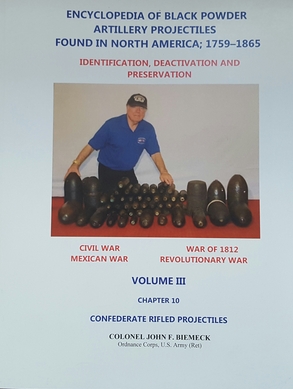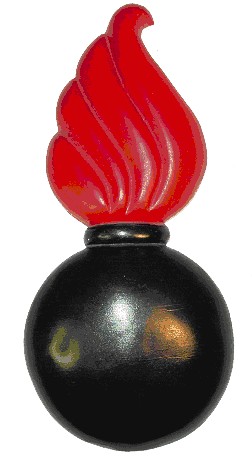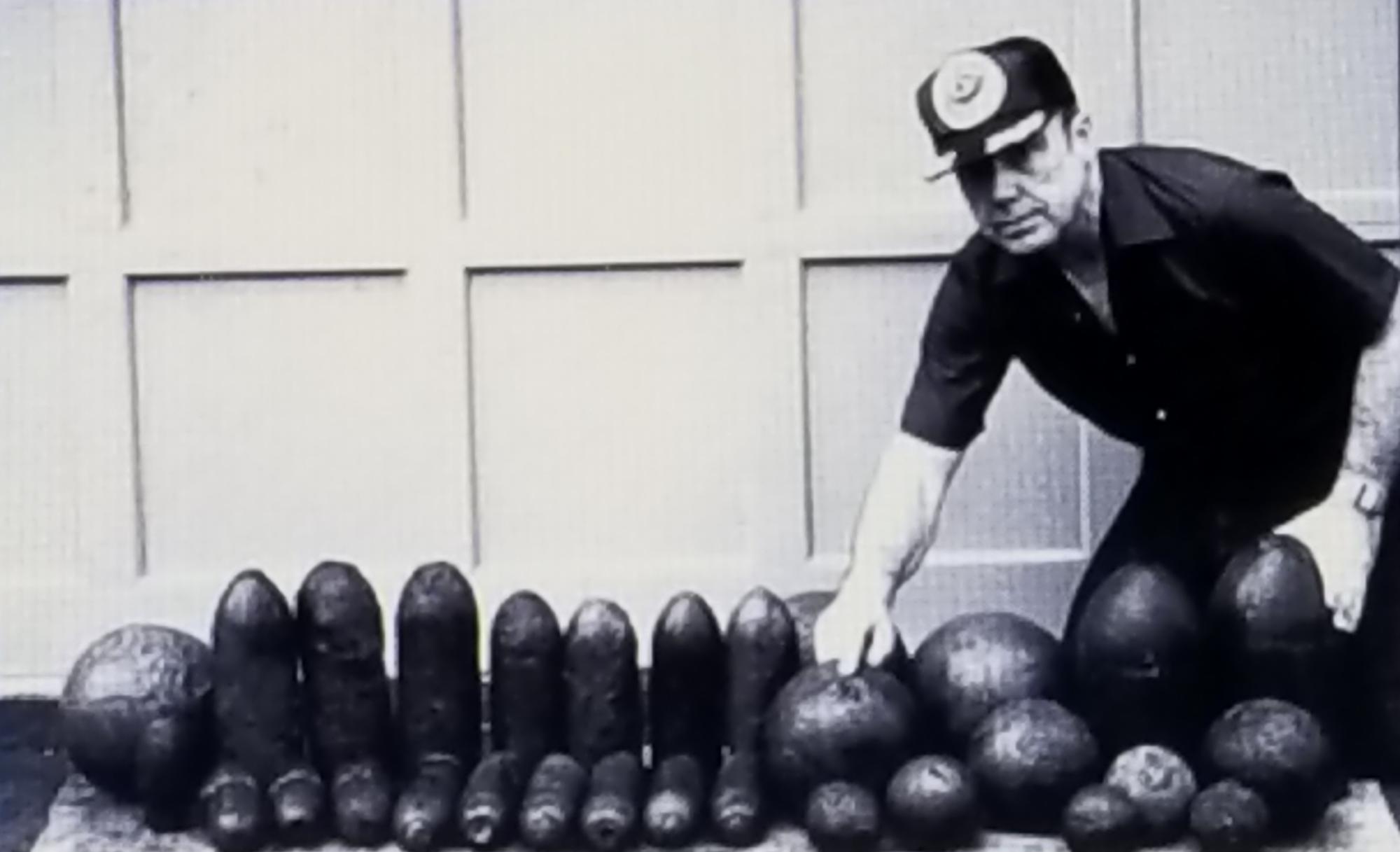Volume III is a comprehensive listing of all known Confederate rifled projectiles and their components. Chapter 10 includes a history of each named pattern, its inventor or origin, reasons for success or failure, pictures, drawings, sabot design, casing configuration, specifications, bursting charges, payloads, variants; and miscellaneous and historical observations. It includes all known Confederate shell, segmented shell, case shot, solid shot/bolt, incendiary, rifled canister (Confederate and Union) specimens identified to date, to include many pattern variants. This includes projectiles imported from Britain and used by the Confederacy. It has been expanded to show many patterns of British projectiles that were not used in the Civil War, but have been subsequently imported, to assist collectors in making a positive identification.
There is a section titled "Miscellaneous and Unidentified Confederate Rifled Projectiles" which includes pictures, drawings and data on rare projectiles that are thought to be of the Civil War era or known to be of foreign origin, but are often confused with Union, Confederate, British or American patterns.
Volume III addresses about 750 individual projectiles and several hundred variants of those patterns, including sub-patterns. It provides cross references (by page number) on every specimen, to projectile books published from 1861 to 2003, that contain a similar specimen, picture, data or text, making additional research easier.
Volume II
Fuses and Spherical Projectiles
$39.95
(plus $7.00 s/h)*applies to U.S. orders only
Contact us for orders outside the Continental U.S.
Volume III
Confederate Rifled
Projectiles
$49.95
(plus *8.00 s/h)
*applies to U.S. orders only
Contact us for orders outside the Continental U.S.


Volume IV
Encyclopedia of Black Powder Artillery Projectiles (Union Projectiles)
$59.95 (plus 7.00 S/H*)
*applies to U.S. orders only
Contact us for orders outside the Continental U.S.
Volume II is a comprehensive listing of fuses (spherical and rifled) and spherical projectiles found in North America. Chapter 7 details how to inspect and identify black powder projectiles, explains the reasons for variances between identical specimens: provides rarity and condition code assignment, with their definitions and rationale; and techniques to determine whether there is a reason to believe a projectile is inert or still explosive.
Chapter 8 provides internal and external diagrams and pictures, measurements, weights, functioning, specifications, descriptions of variants and general technical data and history on the fuses of spherical and rifled projectile fuses found in North America for all countries and services (American, British, French, Mexican, Spanish, Russian, U.S. pre-Civil War, Union and Confederate 1759-1865)
Chapter 9 contains listings of known American, British, French, Mexican, Spanish, Russian, U.S. pre-Civil War, Union and Confederate spherical projectiles (1759-1865) It includes solid shot, cored shot, shell, case shot, smoothbore, canister, grape shot, carcass, incendiary, repeating sub-munitions, bar shot, chain shot and special purpose antique ammunition. It has appendixes that allow projectiles or grape and canister shot to be cross referenced to specific projectiles or guns, howitzers or mortars, by looking up the diameter of a specimen.
The projectile tables include history, diagrams, pictures, measurements, weights and specifications; bursting charges, variants and footnotes containing additional information. In addition, each projectile listed contains cross references to most known projectile or fuse books (1780-2003) that contain a similar specimen(s), picture, data or text, making additional research easier.

